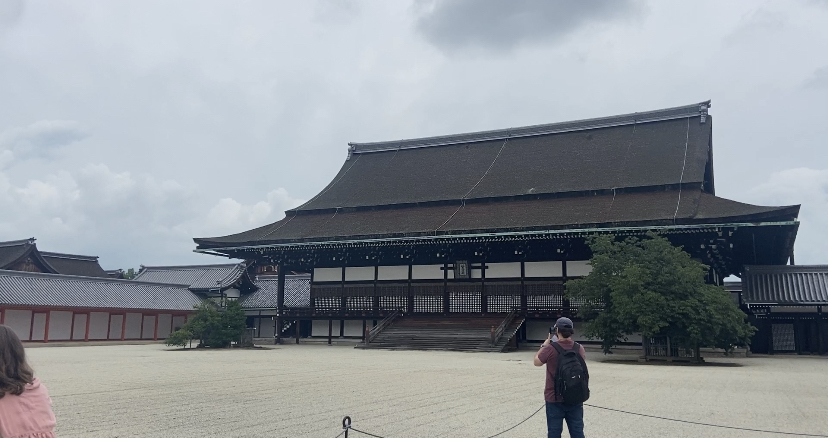
The Kyoto Imperial Palace is a vital cultural symbol of the city of Kyoto and an important historical site in Japan, attracting visitors from around the world interested in Japanese history, architecture and traditional aesthetics.
The present palace that we see today was once used as the home of emperors for 500 years, dating to the year 1331. This was the case until the capital moved to Tokyo in 1869. Since then, the palace has seen the rise and fall of various eras and dynasties.
The palace has suffered numerous fires over the centuries, but the beautiful palace that we see today was rebuilt in 1855 and helps maintain the looks of the past.
Beyond its stunning architecture, the Kyoto Imperial Palace holds cultural and symbolic significance to Japan. It serves as a venue for various imperial ceremonies as it continues to play a big role in Japan’s culture.
One of the notable ceremonies held at the Kyoto Imperial Palace is the enthronement ceremony. This is when a new emperor ascends the throne, signifying the beginning of the emperor’s reign. It is a carefully planned and highly symbolic occasion that showcases the tradition of the imperial institution.
In addition to the enthronement ceremonies, the palace hosts various other imperial rituals and events throughout the year. These include the New Year’s Greeting, where the emperor and other members of the imperial family greet the public and offer their well-wishes for the upcoming year.
Additionally, the palace complex is a living testimony to the deep-rooted traditions, customs and rituals that have shaped Japanese society for centuries. Visitors can witness the diligent attention to detail in the palace’s construction, the well-thought-out arrangement of the gardens and the obvious love for preserving nature.
While the interior of the palace is off-limits for guests, visitors are given the opportunity to explore the area surrounding the palace, including the gardens. The peaceful gardens house quiet ponds and streams, building a relaxing environment for visitors.
In conclusion, the Kyoto Imperial Palace serves as a cultural symbol of the city of Kyoto and a significant historical site for all of Japan. Its rich history, magnificent architecture, and profound cultural and symbolic significance attract visitors from around the world.
The Kyoto Imperial Palace truly stands as a testament to Japan’s rich heritage and its long-standing cultural traditions. It offers a deep connection to the country’s imperial history, architectural brilliance, and the serene beauty of its natural surroundings, leaving a remarkable impression on all who visit.








Great opportunity to visit such a wonderful place!
What an amazing trip. I’m glad that you and your classmates got to experience and learn about Japan’s culture.